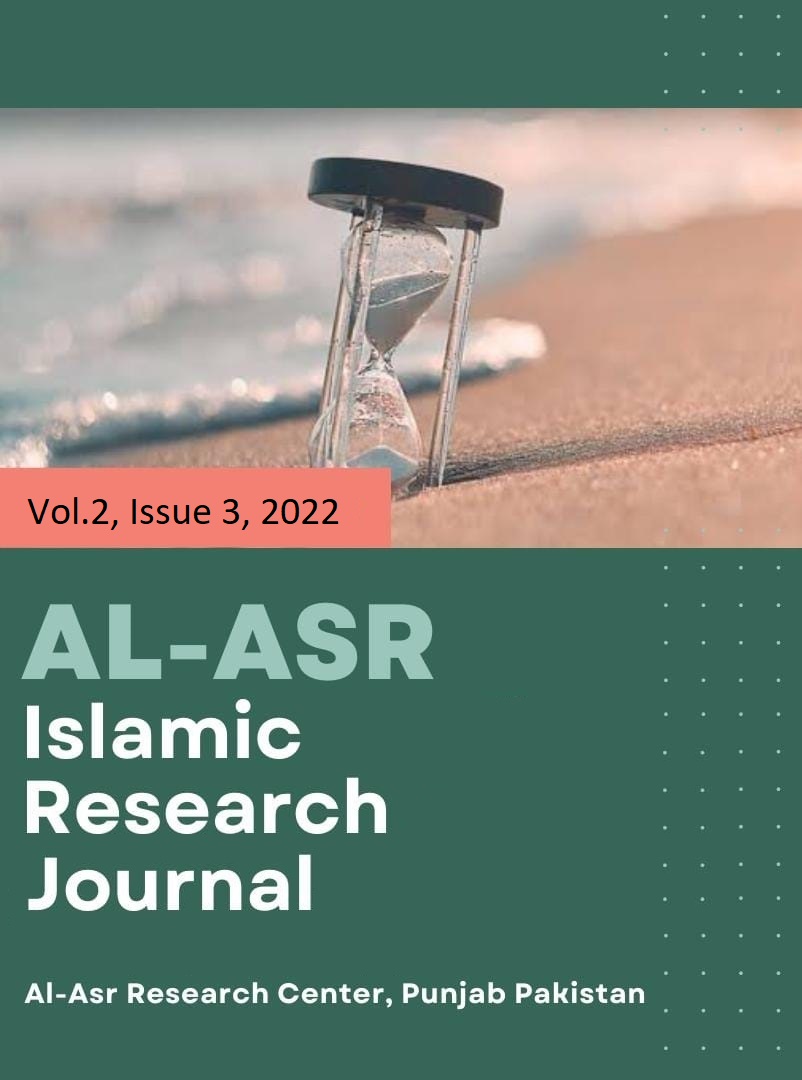ثقافت کی تعریف اور اہلِ عرب میں اس کے استعمال کا تجزیاتی مطالعہ
An analytical study of the definition of “Thaqafa” and its use among Arabs
Keywords:
Tahqafa, Arab Society, Arts, Civilziation, RevelationAbstract
Civilization encapsulating cultural portrays the sum of its traditions, values, languages and urban population and ratio of literate persons. Civilization according to Muslim point of view began with the beginning of revelation from Allah to his chosen peoples. The tradition and chain of Prophets and Messengers appointed by Allah to guide peoples denotes the formation of a better world based on divine principles and values. Islamic Civilization clearly differs from other worldly civilizations in terms of its foundations based on divine revelations. Also the coming of Prophet Muhammad Peace be upon him as the last Prophet on earth designated the completion of Allah’s message on earth. The Personality of Prophet peace be upon him was being presented as the guiding personality and one can find the guidance from his life. The society of Medina was not the depiction of Civilization in its epitome rather it indicate the principles on which Muslims can form a civilization with diverse cultures and traditions. This article ventures into0 the usage of Thaqafa in Arabic and how it depicted and showed the then Arab culture.










